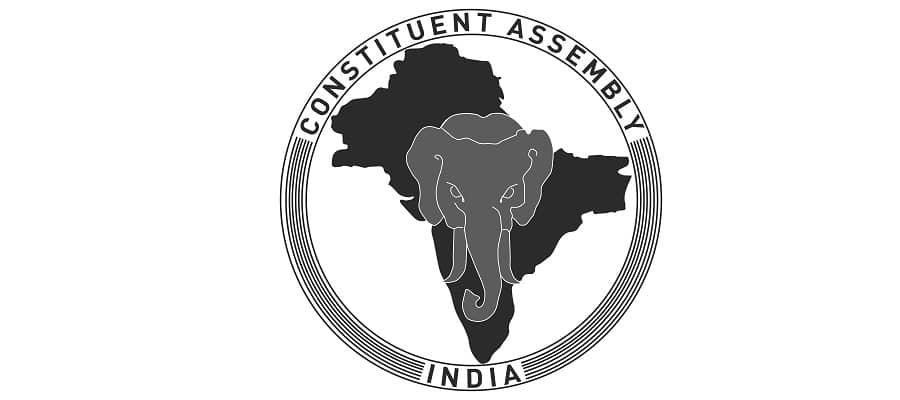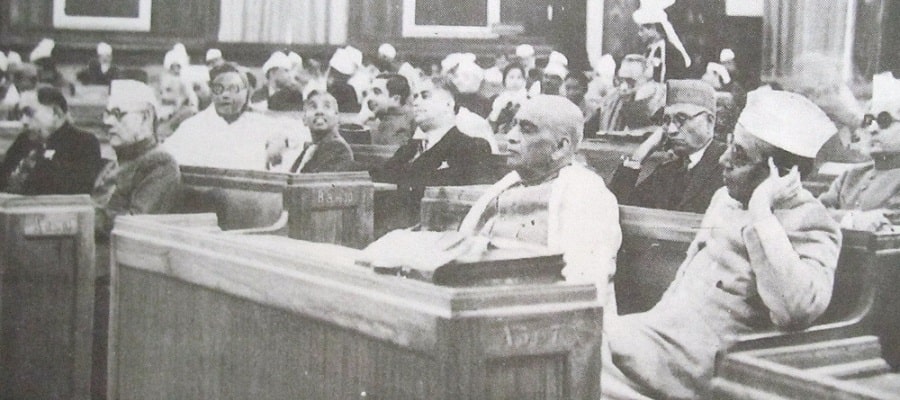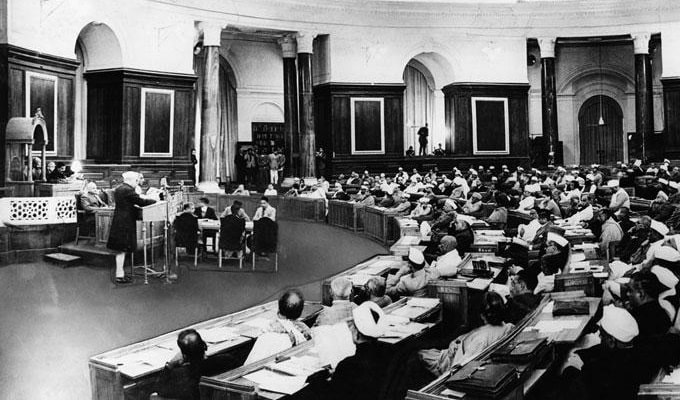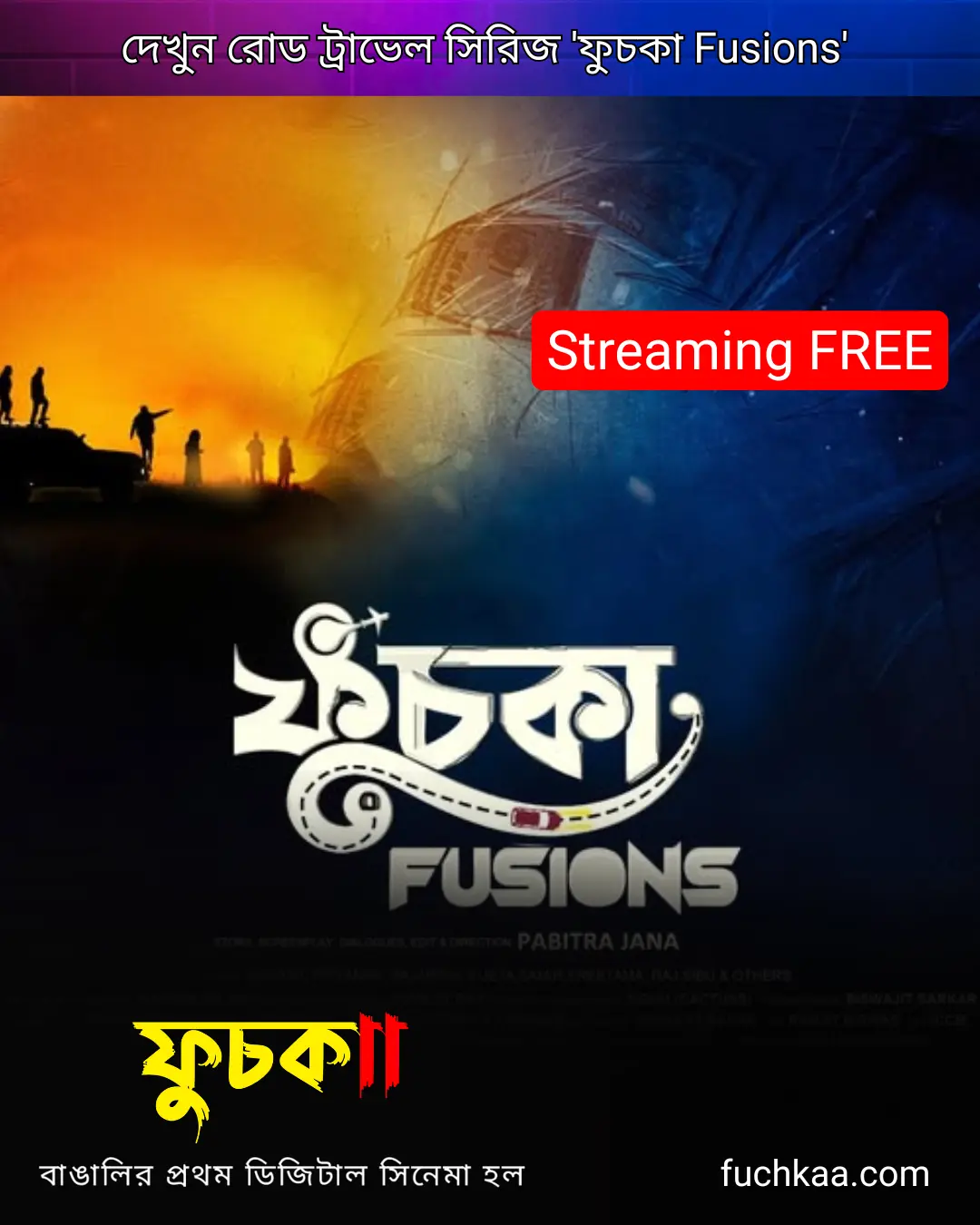Contents
making of the constitution of india
- The idea of a Constituent Assembly of India was put forward for the first time by M. N. Roy in 1934
- In 1935, the Indian National Congress, for the first time, officially demanded a Constituent Assembly to frame the Constitution of India.
- In 1938, Jawaharlal Nehru, on behalf the INC declared that ‘the Constitution of free India must be framed, without outside interference, by a Constituent Assembly elected on the basis of adult franchise’.
- The demand was finally accepted in principle by the British Government in what is known as the ‘August Offer’ of 1940.
- In 1942, Sir Stafford Cripps, a member of the cabinet, came to India with a draft proposal of framing of an independent Constitution to be adopted after the World War II.
- Finally, a Cabinet Mission was sent to India.
- It rejected the idea of two Constituent Assemblies

Composition of the Constituent Assembly
- The Constituent Assembly of India was constituted in November 1946 under the scheme formulated by the Cabinet Mission Plan.
- The features of the scheme were:
- The total strength of the Constituent Assembly was to be 389.
- 296 seats to British India
- 93 seats to Princely States
- Each province and princely state (or group of states in case of small states) were to be allotted seats in proportion to their respective population.
- Roughly, one seat was to be allotted for every million population.
- Seats allocated to each British province were to be divided among the three principal communities Muslims, Sikhs and general, as per population.
- The representatives of each community were to be elected by members of that community in the provincial legislative assembly.
- Voting was to be by the method of proportional representation by means of single transferable vote.
- The representatives of princely states were to be nominated by the heads of the princely states.
- The total strength of the Constituent Assembly was to be 389.
- Constituent Assembly of India was to be a partly elected and partly nominated body.
- Members were to be indirectly elected by the members of the provincial assemblies, who were elected on a limited franchise
- The Indian National Congress won 208 seats, the Muslim League 73 seats, and the small groups and independents got the remaining 15 seats.
- 93 seats allotted to the princely states were not filled as they decided to stay away from the Constituent Assembly of India.
- Assembly comprised representatives of all sections of Indian Society – Hindus, Muslims, Sikhs, Parsis, Anglo–Indians, Indian Christians, SCs, STs including women of all these sections.
- Mahatma Gandhi was not in the Constituent assembly of India.
Working of the Constituent Assembly
- The Constituent Assembly of India held its 1st meeting on December 9, 1946.
- The Muslim League boycotted the meeting and insisted on a separate state of Pakistan.
- The meeting was thus attended by only 211 members.
- Dr. Sachchidanand Sinha, the oldest member, was elected as the temporary President of the Assembly, following the French practice.
- Later, Dr. Rajendra Prasad was elected as the President of the Assembly.
- Similarly, both H.C. Mukherjee and V.T. Krishnamachari were elected as the Vice-Presidents of the Assembly.
- In other words, the Assembly had two Vice-Presidents.
Objectives Resolution
- On Dec 13, 1946, Jawaharlal Nehru moved the historic ‘Objectives Resolution’ in the Assembly.
- It laid down the fundamentals and philosophy of the constitutional structure
- This Resolution was unanimously adopted by the Assembly on Jan 22, 1947.
- Its modified version forms the Preamble of the present Constitution

Changes by the Independence Act
- On April 28, 1947, representatives of the six states were part of the Assembly.
- After the acceptance of the Mountbatten Plan of June 3, 1947 for a partition of the country
- The members of the Muslim League from the Indian Dominion also entered the Assembly.
- The Assembly was made a fully sovereign body
- The Assembly also became a legislative body
- Whenever the Assembly met as the Constituent body it was chaired by Dr. Rajendra Prasad
- When it met as the legislative body, it was chaired by G V Mavlankar.
- These two functions continued till November 26, 1949
- Total strength of the Assembly came down to 299 as against 389 originally fixed in 1946 under the Cabinet Mission Plan.
Other Functions Performed
- Constituent Assembly ratified the India’s membership of the Commonwealth in May 1949.
- It adopted the national flag on July 22, 1947.
- It adopted the national anthem on January 24, 1950.
- Constituent Assembly of India adopted the national song on January 24, 1950.
- It elected Dr Rajendra Prasad as the 1st President of India on January 24, 1950.
- In all, the Constituent Assembly had 11 sessions over 2 years, 11 months and 18 days.
- The Constitution-makers had gone through the constitutions of about 60 countries
- Draft Constitution was considered for 114 days.
- The total expenditure incurred on making the Constitution amounted to 64 lakh.
- On January 24, 1950, the Constituent Assembly of India held its final session.
- Provisional parliament of India from January 26, 1950 till the formation of new Parliament after the 1st general elections in 1951-52.
Major Committees
- Union Powers Committee – Jawaharlal Nehru
- Union Constitution Committee – Jawaharlal Nehru
- Provincial Constitution Committee – Sardar Patel
- Drafting Committee – Dr. B.R. Ambedkar
- Advisory Committee on Fundamental Rights, Minorities and Tribal and Excluded Areas – Sardar Patel.
- Fundamental Rights Sub-Committee – J.B. Kripalani
- Minorities Sub-Committee – H.C. Mukherjee
- North-East Frontier Tribal Areas and Assam Excluded & Partially Excluded Areas Sub-Committee – Gopinath Bardoloi
- Excluded and Partially Excluded Areas (Other than those in Assam) Sub-Committee – A.V. Thakkar
- North-West Frontier Tribal Areas Sub-Committee
- Rules of Procedure Committee – Dr. Rajendra Prasad
- States Committee (Committee for Negotiating with States) – Jawaharlal Nehru
- Steering Committee – Dr. Rajendra Prasad

Drafting Committee
- Drafting Committee set up on August 29, 1947
- Dr B R Ambedkar (Chairman)
- N Gopalaswamy Ayyangar
- Alladi Krishnaswamy Ayyar
- Dr K M Munshi
- Syed Mohammad Saadullah
- N Madhava Rau (replaced B L Mitter who resigned due to ill-health)
- T T Krishnamachari (replaced D P Khaitan who died in 1948)
- In Oct 1947, the Drafting Committee began to scrutinise the Draft Constitution prepared by the B.N Rau, the Constitutional Advisor.
- 1st draft of the Constitution of India, which was published in 21st Feb 1948.
- 2nd draft, which was published in October 1948.
- In all it sat only for 141 day.
- Dr B R Ambedkar introduced the final draft of the Constitution in the Assembly on 4th Nov 1948 (1st reading).
- The Assembly had a general discussion on it for five days (till Nov 9, 1948).
- The 2nd reading started on November 15, 1948 and ended on October 17, 1949
- 3rd reading of the draft started on November 14, 1949.
- Dr B R Ambedkar moved a motion – ‘the Constitution as settled by the Assembly be passed’.
- The motion on Draft Constitution was declared as passed on November 26, 1949
- The Assembly met once again on 24 January 1950, when the members appended their signatures to the Constitution of India.
- The Constitution as adopted on November 26, 1949
- It contained a Preamble, 395 Articles and 8 Schedules.
Enforcement of the Constitution
- The Constitution of India came into force on January 26, 1950.
- Jan 26 was specifically chosen as the ‘date of commencement’ of the Constitution because of its historical importance.
- On this day in 1930 that Purna Swaraj day was celebrated.
- With the commencement of the Constitution, the Indian Independence Act of 1947 and the Government of India Act of 1935, were repealed.
- The Abolition of Privy Council Jurisdiction Act (1949) was however continued.


